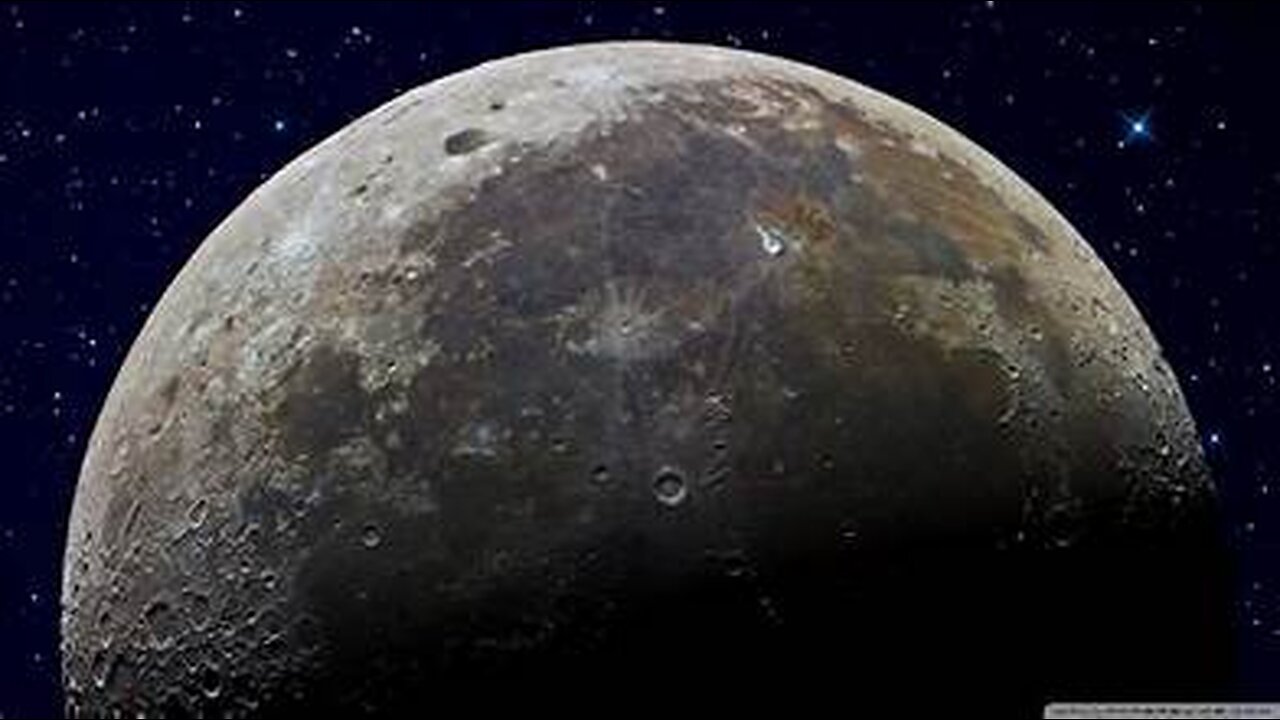Premium Only Content

MOON-Close up view real sound-HD
Our Universe is not silent..
Although space is a vacuum, that does not mean there is no sound in it.
Yes, space is a vacuum - so it generally doesn't carry sound waves like air does here on Earth. However, some sounds do exist in outer space, we just can't hear them. Various probes that zoom through the space are capable of capturing radio emissions from astronomical objects. NASA's scientist have designed special instrument known as 'astronomical interferometer' which can record these electromagnetic vibrations, and transfer them into sounds within range of human hearing (20-20,000 Hz).
Interesting Facts about our Moon:
The Moon's Latin name is Luna.
The Moon formed approx. 4.5 billion years ago.
Moon is the fifth-largest natural satellite in the Solar System.
The moon orbits the Earth at an average speed of 3,700 kilometers an hour.
The Moon is in synchronous rotation with Earth - it is always shows Earth the same side.
The Moon’s surface is dark.
The dark side of the Moon cools to about -169 degrees Celsius.
During the lunar day that lasts about a month Moon's surface bakes in the sun at up to 117 degrees Celsius.
The Moon is drifting away from the Earth approx. 3.8 cm every year.
The Moon has quakes called the Moonquakes.
There is water on the Moon.
The Soviet Union’s Luna program featured the first successful landing of an unmanned spacecraft on the surface of the Moon in 1966.
The USA’s NASA Apollo 11 mission in 1969 was the first manned Moon landing.
The first person to set foot on the Moon was Neil Armstrong.
A lunar eclipse occurs when the Earth is between the Sun and the Moon.
The Moons is actually more of an oval shape.
The Moon is international property.
Apollo 17 astronaut Harrison Schmitt was allergic to the Moon.
Astronauts have brought 842 pounds of moon material back to Earth.
The dark spots on the moon are called maria.
-

RiftTV/Slightly Offensive
5 hours agoCeasefire VIOLATED, War RAGES On.. Will Iran Make a DEAL? | The Rift | Guest: Sarah Stock
27K6 -
 LIVE
LIVE
SpartakusLIVE
3 hours agoDuos w/ Rallied || The Spartan and The Dragon DOMINATE the Tower of Power
232 watching -
 LIVE
LIVE
BubbaSZN
7 hours ago🔴 LIVE - NO BUILDS DOMINATION WITH CATDOG
326 watching -
 1:01:32
1:01:32
The Nick DiPaolo Show Channel
6 hours agoDirty Donny: “Go Ahead, Make My Day” | The Nick Di Paolo Show #1755
68K29 -
 LIVE
LIVE
Spartan
3 hours agoPro Halo Player | Sens Crisis Grind | Ranked Arena, Probably SWTOR at some point
119 watching -
 LIVE
LIVE
TubButter
6 hours agoChasing those #Verdansk dubs! 🏆 Tune in for high-action gameplay! #Warzone #Live #COD #TubButter
23 watching -
 8:28
8:28
Millionaire Mentor
3 hours agoByron Donalds EXPLODES on Democrat Governors In A HEATED Argument
11.7K6 -
 LIVE
LIVE
Fragniac
2 hours ago🌕 Claire Obscur: EXPEDITION 33 - GOTY? 🤔
47 watching -
 LIVE
LIVE
Tundra Tactical
1 hour ago $0.05 earned💥🦅 Tundra Tactical’s Guide to Excessive Force for Freedom 🇺🇸🔫🔥
52 watching -
 1:02:37
1:02:37
BonginoReport
4 hours agoTrump Drops The Mother of All F Bombs! - Nightly Scroll w/ Hayley Caronia (Ep.76) - 06/24/2025
63.7K47